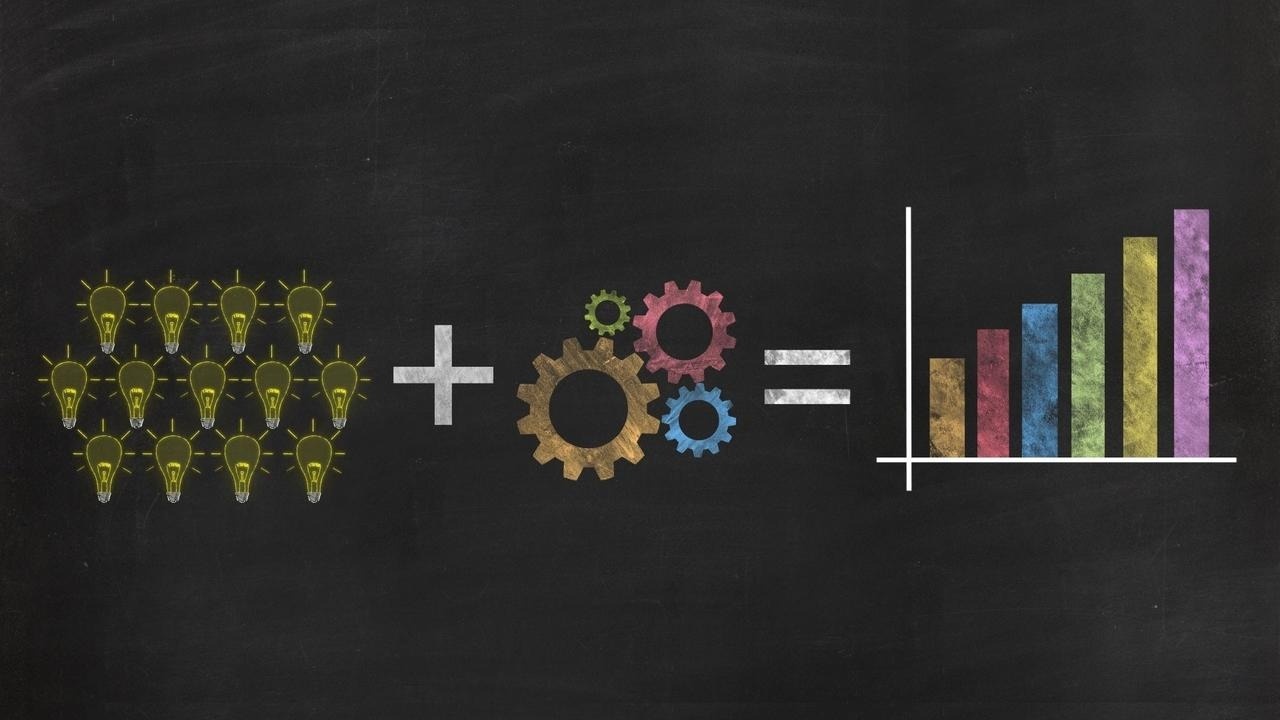DESIGN BLOG
On the Innovation of Design
Over 500+ article essays by Maria Lorena Lehman
Special Invitation
FORESIGHT DESIGN GUIDE
Top 5 Lessons from Star Trek about how to design for the future.

How Environment Design Impacts Human Performance
Increasing Mastery Over Time
When designing an architectural environment, terms like function and form are often used. But what do these terms mean in a more profound sense? And how can one take these terms into deeper levels of meaning to reach truly poetic innovation?
A critical aspect of function and form is to understand what they can achieve for building occupants when fused together within a design. For example, when function and form converge and are designed to target occupant needs and goals, new innovative experiences can be born. A particularly pioneering architectural building can be designed to spark an idea that an occupant can act upon behaviorally, and this behavior, when repeated or improved upon strategically, can lead to increased mastery over time. (See the diagram above this article to better understand this flow.)
Designing for Human Performance
As an architectural designer, it is important for you to deeply understand the impact your environments have upon occupants that experience them. You may ask yourself: Does my architectural design exist to merely maintain status quo? Or does my architectural design exist to lift potential and performance for all who experience it over time? It is wise to make the latter a primary design goal, while being sure to always strive to expand your designs well beyond the former.
In essence, a building that is designed with intent to lift human potential and performance evokes the right idea, emotion, and/or behavioral response within occupants at just the right time. This way of designing expands what interactive design can do, and takes it into adaptive design realms. Just imagine an architectural environment that learns when and how to help occupants best to support and nurture their needs, and goals. In this light, a building designed in this way can help its occupants to achieve mastery of a particular process or skill.
Begin with the End in Mind
Even as you formulate the initial schematics for your architectural concept design, it is wise to comprehensively research not only what your occupant thinks they need now, but also how they would like to grow: physiologically, intellectually, emotionally, behaviorally, and even spiritually. This will help you to grasp how the environmental design’s behavioral language needs to adapt.
In this way, architectural design exists as a type of “mapping system” that helps occupants get from where they are now, to where they want to be. Design your environments to uplift quality of life – not simply by making things “easier” for occupants, but by helping them breakthrough challenges. In doing this, your designed environments will be more than the sum of their parts. They become vehicles of transcendence.
Image Credit: © ar130405 | Pixabay
Special Invitation
FORESIGHT DESIGN GUIDE
Top 5 Lessons from Star Trek about how to design for the future.

© 2024 Maria Lorena Lehman | MLL Atelier LLC
All Rights Reserved.
